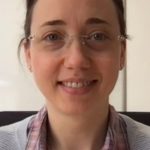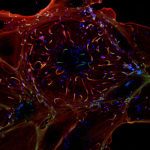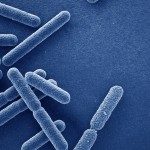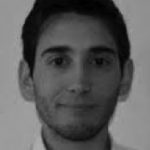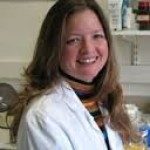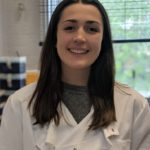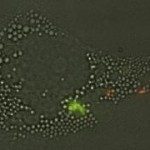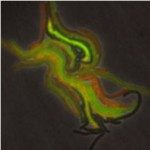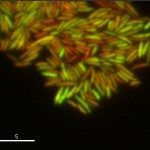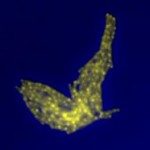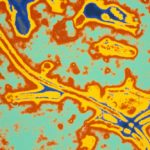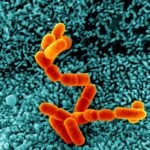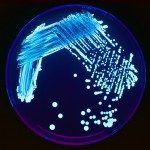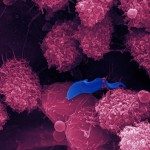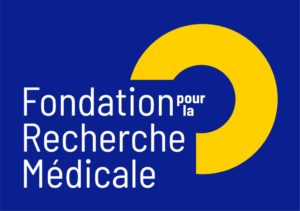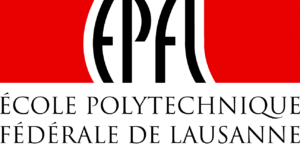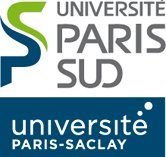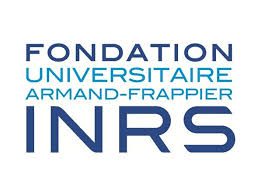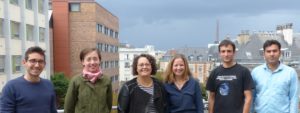
The 5-years junior group Microbial Individuality and Infection explores the mechanisms underlying microbial phenotypic heterogeneity and its role in the context of infection.
The group is primarily focused on tuberculosis, one of the deadliest human infections and a major a global health emergency (http://www.who.int/tb/publications/global_report/en/). The causative agent, Mycobacterium tuberculosis, is an airborne slow growing microorganism (about 24 hours optimal generation time), which has established a robust association with its host over the course of coevolution. About 95% of infections results in a long-lasting asymptomatic form of the disease, also known as latent tuberculosis, supposed to be carried by one-third of the world’s population and difficult to discriminate from recovery (doi:10.1016/j.chom.2013.05.012). Active disease occurs either as primary infection or following reactivation of the concealed latent reservoir. Ranging from acute to latent states, tuberculosis encompasses a wide spectrum of clinical and subclinical forms. Nonetheless, the factors dictating tuberculosis outcome remain elusive. Noteworthy, discrete pulmonary lesions, even within the same individual, can progress in opposite way (doi:10.1038/nm.3412), entailing substantial host and pathogen variation.
Clonal bacteria are intrinsically heterogeneous and this heterogeneity has been demonstrated to be crucial for the success of the population as a whole, especially when facing adverse environments (doi:10.1038/nrg1615). Recently we have shown that M. tuberculosis, even when grown under uniform conditions in vitro, displays considerable cell-to-cell heterogeneity, which is further augmented by stressful conditions in vitro and in vivo. Discrete subpopulations of bacteria were found to reside in murine lungs, including quiescent Non-Growing but Metabolically Active (NGMA) bacilli, which may presumably play a role in long-term persistence and disease reactivation (doi:10.1016/j.chom.2014.11.016).
Our group is interested in investigating the molecular basis and the effects of cell-to-cell phenotypic heterogeneity. Is phenotypic heterogeneity crucial to modulate mycobacterial fitness and adaptation during infection? Is there any significant interplay among distinct subpopulations? What is the impact of the microenvironments towards mycobacterial diversification? To answer these and associated questions, we employ a multidisciplinary approach. We use on the one hand classical genetics and conventional microbiology and cell biology assays, and on the other hand single-cell techniques, including FACS and real-time epifluorescent microscopy in combination with custom-built microfluidic systems (doi:10.1146/annurev-biophys-051013-022916). By studying the physiology of mycobacteria at the single-cell and subpopulation level, we aim to demystify the metabolic transitions and adaptive mechanisms taking place under stressful conditions, such as antimicrobials and host niche. Our main target is to gain improved understanding of the factors involved in bacterial quiescence, long-term persistence and resumption of a virulent phenotype. We ultimately strive to identify subpopulation-specific biomarkers for latent tuberculosis and new therapeutic targets for development of faster treatment regimens and better control of the disease.
